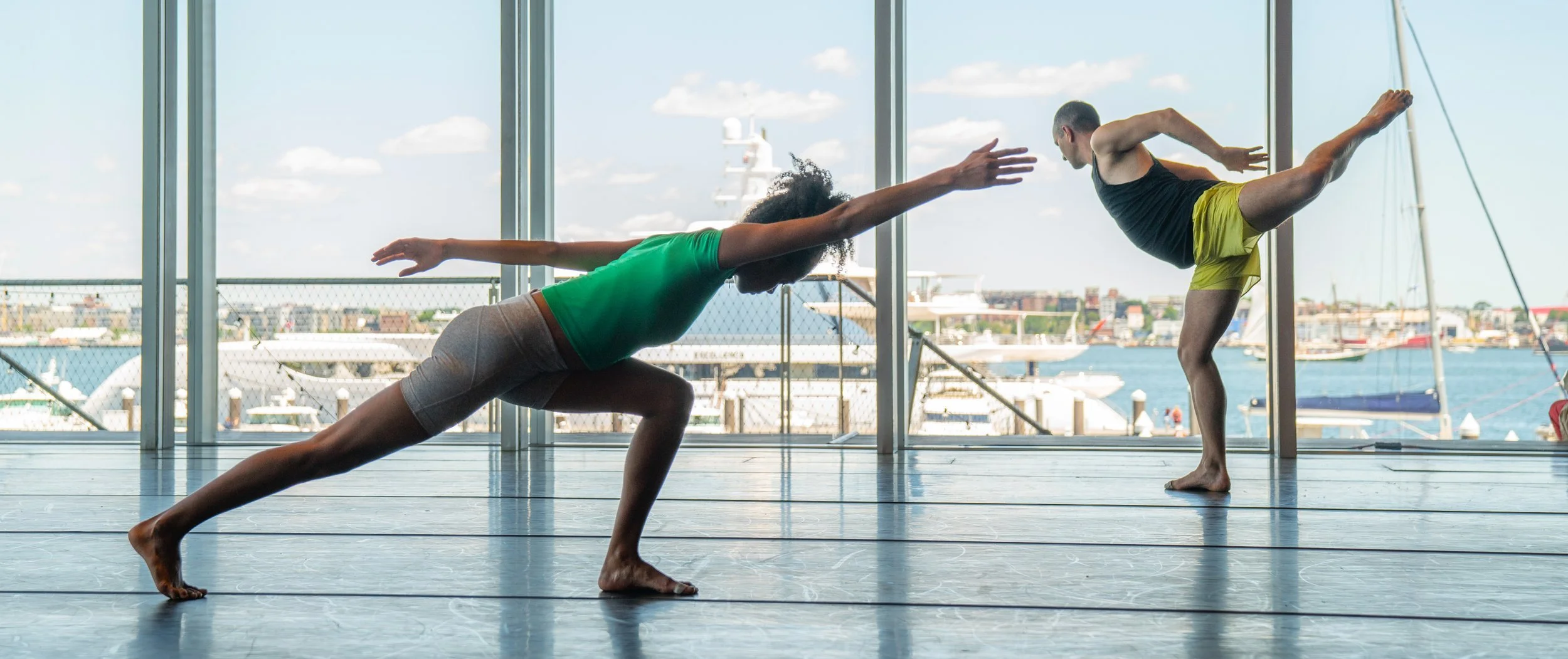Press
For more information or booking requests please email gerringdance@gmail.com
Image by Ernesto Galan
Photo by Maria Baranova
Illustration by Dominic Kesterton
Miguel Anaya
Harbor in the New York Times, October 2022
“This is engagingly here-and-now dancing; and that kinesthetic effect is something rare, even intoxicating.”
- New York Times
Dialogue in Dance Enthusiast, September 2021
In her interview, Liz Gerring says she became fascinated by Cunningham at an early age, attracted by his distillation of movement and by the way his dancers maintain their independence even while engaging with each another. While her own work is rooted in the “pure dance” aesthetic, it possesses a characteristic boldness and an eagerness that are both refreshing.
- Robert Johnson for The Dance Enthusiast
Liz Gerring’s Field in The New Yorker, October 2018
Against the spare murmurings of a score that incorporates found sound, the work often resembles one of Merce Cunningham’s nature studies, when its use of stage edges isn’t calling to mind Trisha Brown. Gerring does her masters proud, but she’s more distinctive in the sporty air she gives to big, bold shapes and bodies bent way over.
-Brian Seibert for The New Yorker
Chicago Tribune on Liz Gerring's Horizon, April 2017
A combination of technical dancing with some pedestrian flair, Gerring's movement style might be called "neo-Cunningham," a contemporary interpretation of the classical modern dance vocabulary developed by Merce Cunningham, and a category Gerring shares with choreographers such as Stephen Petronio, Pam Tanowitz, and Trisha Brown...
-Lauren Warnecke, April, 2017
Andrea Mohin/The New York Times
NYTimes reviews Liz Gerring's 'Duet' on Ashley Bouder Project, March 2017
...her “Duet” was the evening’s most remarkable and most experimental piece, and Ms. Webber’s score, sometimes abrasive, showed a kindred spirit.
Andrea Mohin/The New York Times
Miguel Anaya
Andrea Mohin/The New York Times
CreditAndrea Mohin/The New York Times
Andrea Mohin/The New York Times
NYTimes reviews (T)here to (T)here at Baryshnikov Arts Center, December 2016
...an original blend of athleticism and
formality that might be labeled “Merce Cunningham Goes to the Gym.” And
yet when Ms. Westby does the same steps, they seem equally made for
her, a unique expression of her personality. The interrelation between
choreographer and dancer is another compellingly changeable one.
—Brian Seibert, New York Times, November, 2016
NYTimes reviews glacier at The Joyce Theater, April 2015
“Glacier” has a quite different impact at the Joyce Theater, where I watched it on Tuesday. Aspects of the dance have certainly changed, not least its use of peripheral space and parts of its music, but both times I found it marvelous. What you see is what you get. This is not choreography that turns into poetic images, metaphors, stories, anything other than itself. Yet at times it’s wild, cold, amusing, surprising, impetuous.
glacier nominated for 2014 Bessie Award - Best Production
The Dance Enthusiast talks with 2014 Bessie Award Nominee Liz Gerring.
glacier at Montclair State University, September 2013
“glacier,” an enthralling and important new dance work lasting 60 minutes, by the choreographer Liz Gerring, abounds in arresting contradictions. The dancers look relaxed and galvanized. They hurl themselves into impetuous slides, skim across the stage in nimble footwork, push their way urgently backward on all fours, shimmer in turning or bobbing jumps — and yet, amid the formal structures, always keep an informal quality, never letting the steps acquire any veneer of academicism. Steps look natural, athletic and exploratory — even when they then come around a second or third time with other dancers. The work has wit without quirkiness, passion without emotionalism: its moods change like the weather, and its ebbs and flows carry aspects of poetry and excitement."
World Premiere at Baryshnikov Arts Center 2011
“The amalgam of formality and informality, of technique and rawness (sometimes wildness) in the work of the choreographer Liz Gerring is something rare. Her six dancers, all attractive, look purpose-bred. The intensity with which they all use their backs is particularly impressive, as is the accentuation they bring to very simple steps. Yet they look neither homogenized nor groomed. Though the way any one of them raises a limb often looks wholly unschooled, you later realize that each moves the very same way the next time, and that so do the others. What looked naïve proves to be precise.
…a beautifully poetic stream of video imagery by Willy Le Maitre as décor; individualized dimly blue costumes by Jillian Lewis; and a score by Michael J. Schumacher that, like Mr. Le Maitre’s video projections, covers a wide range of subjects and moods. Carolyn Wong’s lighting is marvelous…”
Litchung/Clearing- 2010
‘You watch “Lichtung/Clearing” much as you do Cunningham’s “RainForest” (1968): a drama where the feral, the primitive and the civilized all interconnect. Steps keep dissolving into through-the-body gestures, and every part of the physique is given a fresh inflection. There are other choreographers from whom Ms. Gerring has learned, notably Trisha Brown (those peripheries!). But Ms. Gerring seems unencumbered by any such debts. Her immediacy is her own; “Lichtung/Clearing”, which I recall as both psychodrama and zoological reportage, is a major achievement.’
—Alastair Macaulay, New York Times, March 2010











